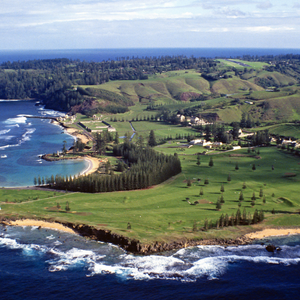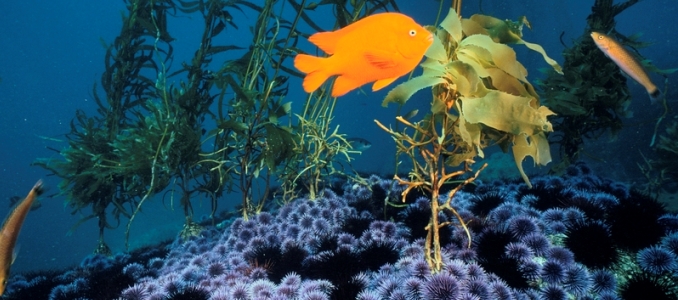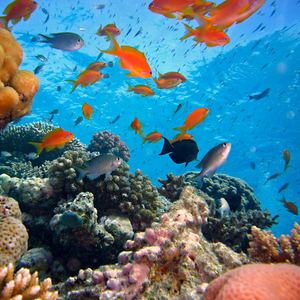Environmental footprint of global food production
This project engaged a team of experts in a working group at NCEAS to put all food on the same table to assess and map the cumulative pressures of food production from ocean, aquatic and terrestrial foods (crops and livestock). The global assessment mapped the individual and cumulative pressures from climate emissions, nitrogen and phosphorous pollution, water use, and land/sea disturbance.
Global aquaculture and climate change
For this project we developed models and maps of the production potential for shellfish and finfish globally, based on biophysical constraints to growth, and modeled and mapped where and how much climate change would change these production potentials. This work laid the foundation for the ongoing project focused on the United States.
Mapping wastewater impacts to coastal ecosystems
Globally and for the Meso American Reef, we developed and implemented a model to estimate the amount and map the location of nitrogen and human pathogens coming from sewers, septic systems, and direct input into watersheds, and the distribution and impact of those pollutants into coastal ecosystems.
Ocean Tipping Points
I was part of a large collaborative project that recently wrapped up that sought to understand and characterize ecological thresholds, or “tipping points,” in coastal and ocean systems, in which small changes in human use or environmental conditions result in large, and sometimes abrupt, impacts to marine ecosystems. Our ultimate goal with the project was to help agencies and decision-makers anticipate and manage for these tipping points, and are working in two case study locations – Hawaii and Haida Gwaii, British Columbia – towards that end.
Equity in conservation
Colleagues and I recently completed a project exploring if, and if so how, the equity in benefits or costs from management actions affects the probability of success for conservation outcomes. This work builds on ideas from a paper we published exploring the feasibility of ‘triple bottom line’ solutions to conservation. The project involved synthesis of existing research from around the world, further development of models used to test these questions, and an in depth empirical test of hypotheses in a case study location (still to be determined). I also led a project within the Bren School to explore issues of equity in resource management and taught a seminar on this topic.

Climate Change impacts on biodiversity
Understanding species responses to climate change is a fundamental need for conservation planning. In collaboration with scientists from around the world, we conducted the first global synthesis of the response of marine species to climate change, which served as primary content for the marine species chapter of the 5th report of the International Panel on Climate Change (IPCC). We have also explored global rates of change of climate variables in the oceans, and more recently the potential impact of these future changes on species and biodiversity. I recently collaborated with the Sustainable Fisheries Group to use these approaches and results to explore implications for fisheries management and sustainability under climate change.
Cell-based seafood
Investigating the potential conservation benefits of cell-based seafood. Recent advances in cellular agriculture - the process of producing meat from cell cultures - has people excited about the potential conversation benefits of introducing this new product to the market. In a collaboration with the Environmental Markets Solutions Lab, and a team of researchers, we developed a theory of change outlining the long and narrow path that this new technology would have to travel in order to see those perceived environmental benefits. Learn more about the four research questions underpinning the path to conservation benefits.


